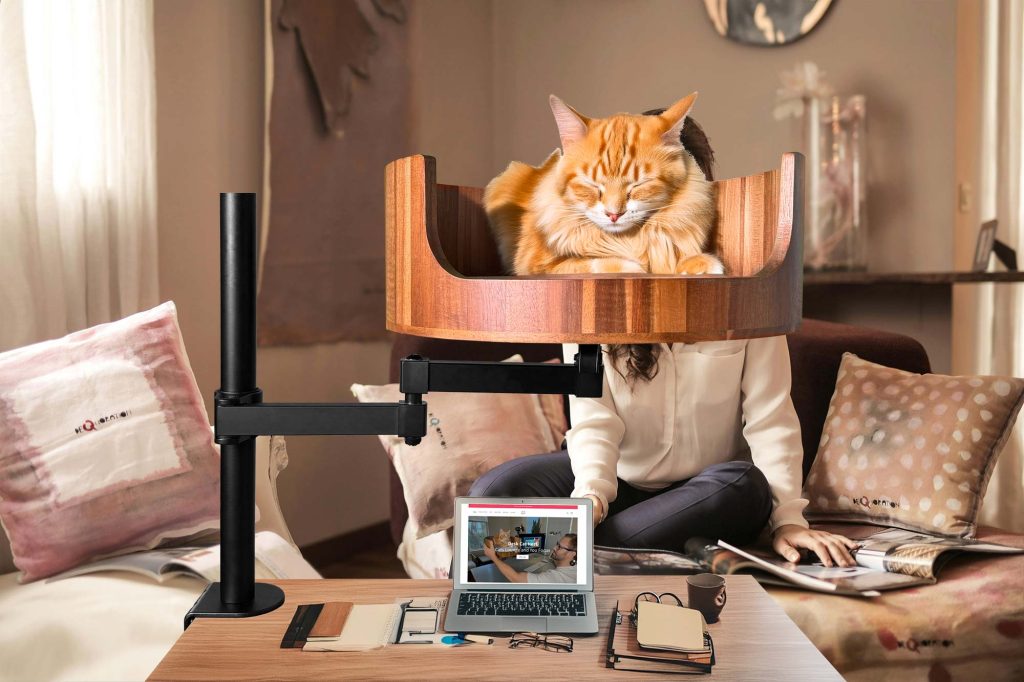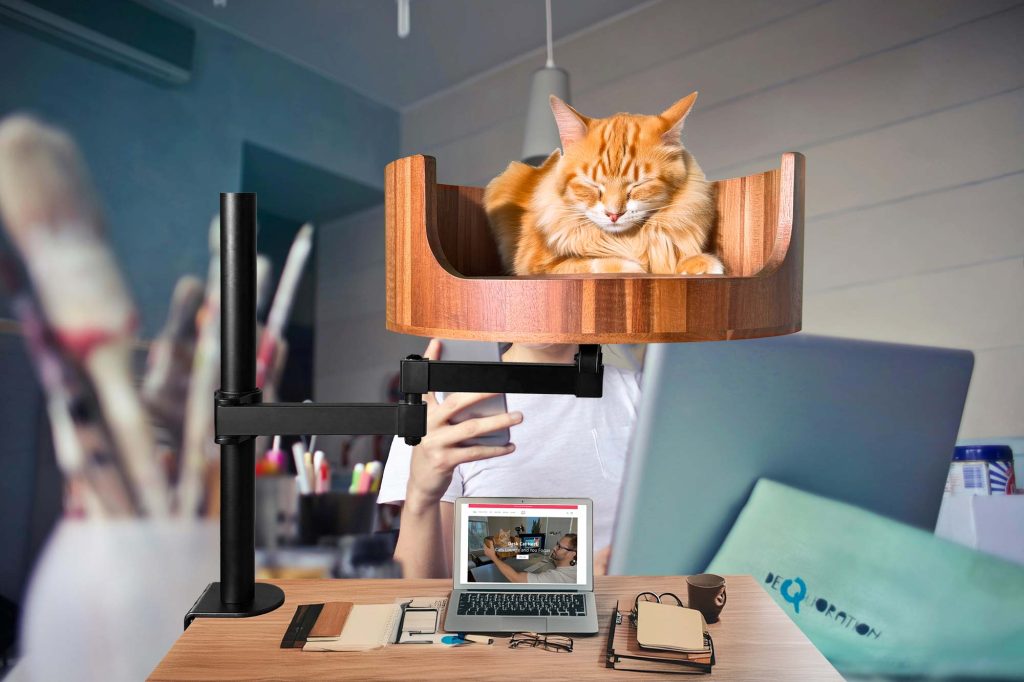Desk Cat Nest is a popular online community for cat lovers who share stories, photos, and videos of their beloved feline friends. One topic that has caught the attention of many members is cats eating bugs. This fascinating feline behavior has sparked curiosity and debate among the community, with many wondering why cats exhibit this behavior and what it means. In this article, we will explore the reasons behind cats’ penchant for munching on insects, as well as the potential benefits and drawbacks of this behavior.
From house flies to spiders, cats seem to have an insatiable appetite for bugs of all shapes and sizes. Some experts believe that this behavior harkens back to cats’ natural instincts as hunters, while others speculate that certain insects may provide nutrients that are lacking in a cat’s diet. We will delve into the science behind cats eating bugs and examine the potential risks associated with consuming insects. Additionally, we will discuss how cat owners can safely discourage or redirect this behavior if they find it undesirable. Whether you’re a seasoned cat owner or a curious observer, join us as we unravel the mysteries behind cats’ fascinating habit of eating bugs.
1. Cats may eat bugs as a natural instinct stemming from their ancestors who needed to hunt for survival.
2. Consuming insects can provide cats with essential nutrients like protein, fiber, and vitamins.
3. The act of hunting bugs can offer mental stimulation and exercise for indoor cats.
4. It’s important to monitor the types of bugs cats are eating to ensure they are not harmful or toxic.
5. Providing interactive toys and activities can help satisfy a cat’s hunting instincts and minimize the need to eat bugs.
The Benefits of Cats Eating Bugs
Cats have a natural instinct to hunt and catch prey, including bugs. When cats eat bugs, it provides mental stimulation and exercise, keeping them active and engaged. Additionally, bug consumption can be a good source of extra protein for cats, especially for outdoor or feral cats that may not always have access to a balanced diet. Furthermore, some insects contain essential nutrients such as fiber, vitamins, and minerals that can contribute to a cat’s overall health and well-being.
Common Bugs Cats Eat
There are several types of bugs that cats commonly eat, such as flies, spiders, ants, moths, crickets, and beetles. Each of these insects can provide different tastes and textures for cats to enjoy. For example, some cats may prefer the crunchy texture of a beetle, while others may enjoy chasing and swatting at a flying moth. It is important for cat owners to be aware of the types of bugs their cats are consuming to ensure they are not ingesting any harmful or poisonous insects.
Health Risks of Cats Eating Bugs
While bugs can provide some benefits for cats, there are also potential health risks associated with bug consumption. Some bugs may carry parasites or diseases that could be harmful to cats if consumed. For example, spiders can be toxic to cats if bitten, and ants may carry bacteria that can cause gastrointestinal issues. Additionally, some cats may have allergies to certain insects, leading to skin irritation or digestive problems. Cat owners should monitor their cats closely when they are hunting and eating bugs to prevent any potential health issues.
Encouraging Safe Bug Consumption for Cats
To ensure that cats are safely consuming bugs, cat owners can take certain measures to minimize risks. Providing a well-balanced diet with high-quality cat food can help prevent cats from seeking out bugs as a source of nutrition. Additionally, keeping indoor environments clean and free of insects can help reduce the likelihood of cats ingesting harmful bugs. For outdoor cats, it is important to supervise their outdoor activities and prevent them from hunting potentially dangerous insects. By being mindful of their cat’s behavior and surroundings, cat owners can help promote safe bug consumption for their feline companions.
Desk Cat Nest FAQ
How can the Desk Cat Nest help with cats eating bugs?
The Desk Cat Nest provides a cozy and safe space for your cat to relax and play, reducing the likelihood of them chasing and eating bugs around your home. By keeping your cat entertained and comfortable within the nest, they will be less inclined to hunt for insects.
Is the Desk Cat Nest easy to clean?
Yes, the Desk Cat Nest is designed with removable and washable cushions, making it easy to clean and maintain. Simply unzip the cushions and machine wash them when needed to keep the nest clean for your cat.
Will my cat be able to access bugs from inside the Desk Cat Nest?
The Desk Cat Nest is constructed with secure and durable materials to prevent bugs from entering the nest while still allowing your cat to have a view of their surroundings. Your cat will not be able to access bugs from inside the nest.
Can multiple cats use the Desk Cat Nest at the same time?
Yes, the Desk Cat Nest is spacious enough to accommodate multiple cats comfortably. Its sturdy design can support the weight of multiple cats, allowing them to share the nest for lounging and playing.
In conclusion, the Desk Cat Bed is a valuable choice for cat owners looking to prevent their feline companions from eating bugs. The raised design of the bed provides a safe and cozy space for cats to lounge in, reducing their chances of coming into contact with insects. Additionally, the comfortable cushioning and sturdy construction make it a durable and long-lasting option for your pet. By investing in a Desk Cat Bed, you can help protect your cat from harmful bugs while providing them with a comfortable and secure resting spot.


